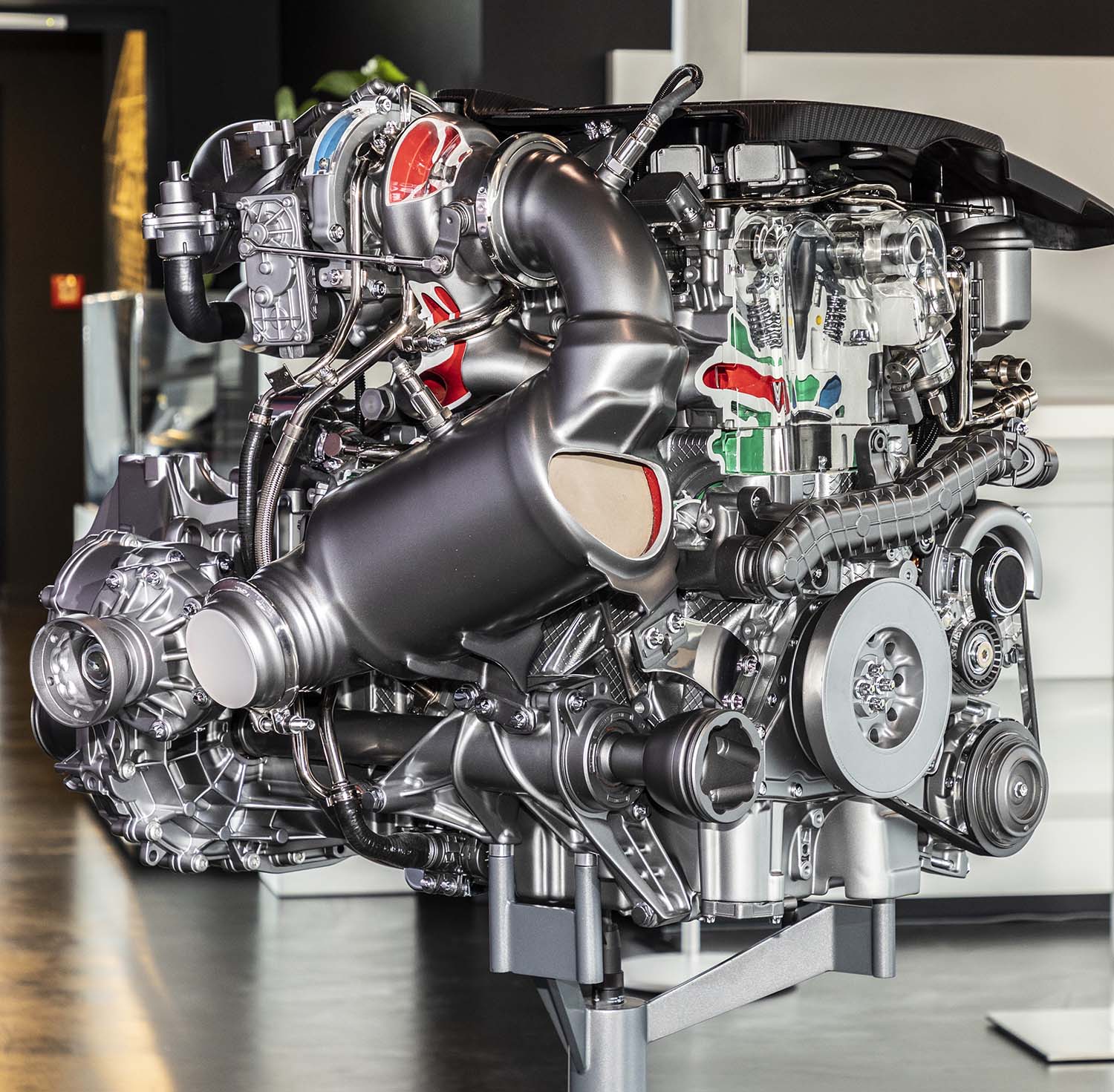Discover Engines for Africa at Our Comprehensive Auto Components Shop
Wiki Article
The Quest for Ultimate Driving Power: Exploring the Pinnacle of Engine Efficiency and Technological Breakthroughs in the Automotive Sector
In the realm of vehicle design, the search of maximum driving power has actually been a ruthless pursuit that has actually unravelled with the advancement of engine style and the integration of sophisticated modern technologies. From the precise craftsmanship of burning engines to the rapid developments in electric propulsion systems, the auto sector stands at the cusp of a new period characterized by unprecedented efficiency capabilities.Advancement of Engine Layout

In addition, the integration of turbocharging and turbo charging innovations has actually reinvented engine design by enhancing power without significantly boosting engine size. These forced induction systems compress the intake air, enabling for more fuel to be ignited, thus producing higher power result from a smaller sized engine. This innovation has been especially vital in improving the performance of smaller sized displacement engines while keeping fuel efficiency requirements.

Performance-Enhancing Fuel Technologies
The implementation of innovative fuel modern technologies has actually substantially added to boosting engine efficiency in modern-day vehicles. Biofuels, acquired from sustainable resources like sugarcane, corn, or algae, deal improved and minimized exhausts engine effectiveness. Additionally, fuel additives and cleaning agents are being developed to tidy engine parts, maximize combustion, and minimize friction, therefore improving overall vehicle efficiency.Innovations in Electric Propulsion
Considerable strides in electric propulsion modern technology have transformed the auto industry, leading the way for a new period of lasting and efficient transportation. Electric vehicles (EVs) are getting popularity as a result of their environmental advantages and developments in battery innovation, allowing longer driving arrays and much shorter charging times. Makers are investing heavily in research and development to enhance the performance of electric propulsion systems, concentrating on enhancing power outcome, enhancing energy effectiveness, and lowering overall weight.One significant advancement in electric propulsion is the development of innovative electric motors that provide higher torque and power thickness, leading to improved acceleration and overall driving efficiency. Furthermore, regenerative braking systems have actually been improved to store and record energy during deceleration, additional improving the performance of EVs.
Additionally, the integration of smart innovations, such as synthetic knowledge and predictive analytics, is optimizing the management of electric propulsion systems, guaranteeing ideal efficiency under various driving conditions. These improvements in electrical propulsion are reshaping the automobile landscape, driving the industry towards a more sustainable and energized future.
Impact of Computational Fluid Characteristics
With improvements in electrical propulsion pressing the limits of automobile technology, the integration of Computational Fluid Characteristics is playing an essential role in enhancing aerodynamic efficiency and enhancing overall efficiency in vehicle style. Computational Liquid Dynamics (CFD) includes making use of computer simulations to analyze the flow of air around a car, allowing engineers to predict how design adjustments will affect aerodynamics without the requirement for pricey physical models. By properly modeling air movement patterns, CFD permits for the improvement of vehicle forms to minimize drag, improve cooling, and enhance stability.One key benefit of utilizing CFD in car design is the capability to iterate rapidly, checking out countless layout variations to recognize the most aerodynamically reliable solutions. This repetitive process results in lorries that are not just sleeker and extra aesthetically appealing yet also much more fuel-efficient and eco-friendly. Additionally, CFD allows designers to maximize air movement around elements such see here as radiators, engine bays, and wheel wells, adding to boosted efficiency and overall driving experience. To conclude, the assimilation of Computational Liquid Characteristics represents a considerable action forward in the quest for supreme driving power and performance in the auto sector.
Future Trends in Engine Technology
In the vibrant landscape of automobile design, cutting-edge improvements are forming the future trajectory of engine innovation. The future of engine layout is marked by a strong focus on efficiency, performance, and sustainability. Suppliers are significantly focusing on developing engines that not just deliver high power outputs but additionally prioritize ecological duty by reducing emissions and boosting gas effectiveness.One prominent fad in engine innovation is the rise of electrification. Crossbreed and electrical powertrains are obtaining grip as practical choices to standard burning engines. These innovations use the potential for considerable decreases in carbon exhausts and raised power performance, aligning with global efforts to battle environment adjustment.
Furthermore, advancements in materials scientific research and production techniques are enabling the production of lighter and more resilient engine parts. This change towards light-weight materials such as carbon fiber and aluminum alloys adds to boosted performance and gas economic climate.
Conclusion
In conclusion, the pursuit of best driving power in the automobile industry remains to drive advancements in engine layout, fuel innovations, electrical propulsion, and computational liquid dynamics. The development of these technologies is forming the future of engine innovation, leading the way for a lot more effective and powerful automobiles (engines for africa). As the industry remains to press the borders of what is feasible, we can anticipate to see a lot more groundbreaking advancements in the pursuit for peak efficiency
One like it of the crucial turning points why not look here in engine layout advancement is the transition from traditional carbureted engines to modern-day fuel-injected systems. By specifically metering the gas distribution to each cyndrical tube, fuel-injected engines maximize combustion, resulting in better performance and reduced ecological influence.
Furthermore, the assimilation of turbocharging and turbo charging technologies has actually transformed engine style by enhancing power without substantially enhancing engine size (engines for africa).The application of sophisticated fuel innovations has actually substantially contributed to enhancing engine efficiency in modern-day vehicles. Additionally, gas additives and detergents are being developed to clean engine elements, maximize combustion, and lower friction, thereby increasing total lorry performance
Report this wiki page